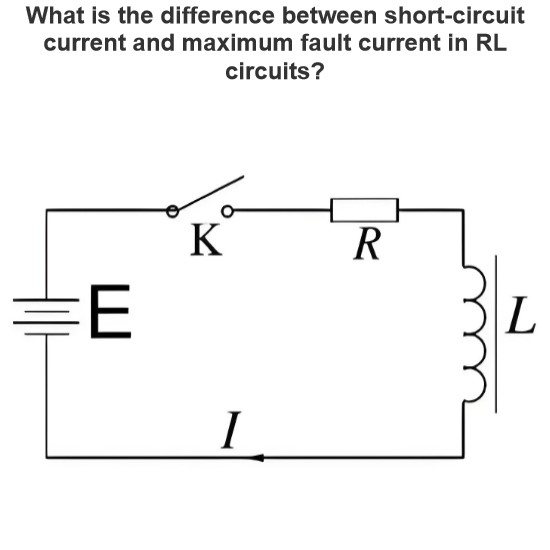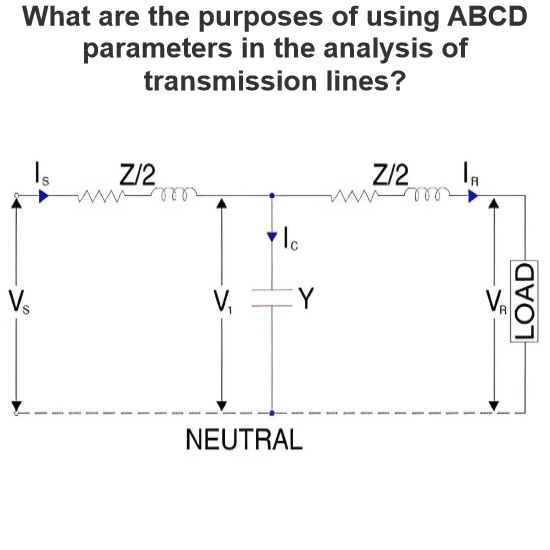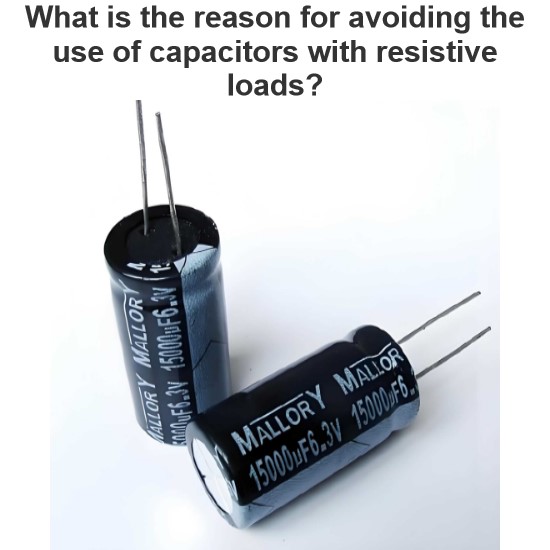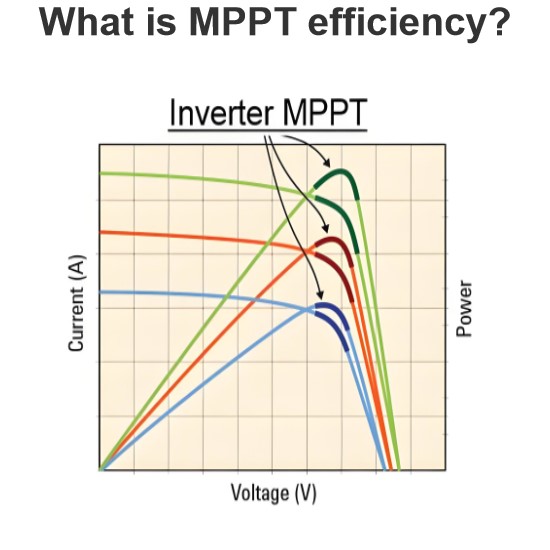How does a high impedance electrical fault differ from a low impedance fault?
High impedance electrical faults (High Impedance Fault, HIF) and low impedance faults differ significantly in their characteristics and the hazards they pose in electrical systems. Understanding these differences is crucial for fault diagnosis and prevention. Here are the basic distinctions between the two types of faults and how to identify them:
High Impedance Electrical Fault (HIF)
Characteristics
Higher Impedance: In high impedance electrical faults, the impedance at the fault point is higher, meaning that the resistance to current flow is greater.
Lower Current: Due to the higher impedance, the current flowing through the fault point is typically lower, making it difficult for traditional overcurrent protection devices to detect.
Localized Heating: Although the current is lower, due to the higher resistance, localized overheating can occur near the fault point.
Intermittent: High impedance faults may be intermittent, making them challenging to detect with conventional monitoring methods.
Identification Methods
Temperature Detection: Use infrared thermography to inspect the temperature distribution of electrical equipment; abnormal hot spots may indicate the presence of a high impedance fault.
Voltage Detection: Measure voltage changes near the fault point; high impedance faults can cause voltage fluctuations.
Audio Monitoring: High impedance faults may produce a hissing or buzzing sound, which can help in identifying potential faults.
Partial Discharge Detection: Employ partial discharge detection equipment (PD detection); high impedance faults often involve partial discharge phenomena.
Harmonic Analysis: Use harmonic analysis tools to detect harmonic content in the power grid; high impedance faults can increase harmonics.
Low Impedance Electrical Fault
Characteristics
Lower Impedance: In low impedance electrical faults, the impedance at the fault point is lower, meaning that the resistance to current flow is minimal.
Higher Current: Due to the lower impedance, the current flowing through the fault point is significant, easily triggering protective devices to trip or causing fuses to blow.
Obvious Fault Signs: Low impedance faults typically exhibit clear signs such as sparks, smoke, or burning.
Continuous: Low impedance faults tend to be continuous and are easier to detect through standard monitoring methods.
Identification Methods
Current Detection: Use current transformers (CTs) to measure current; higher currents may indicate a low impedance fault.
Voltage Detection: Measure voltage changes near the fault point; low impedance faults can result in voltage drops.
Protection Device Actions: Observe the actions of protective devices, such as circuit breakers tripping or fuses blowing, which are typical signs of low impedance faults.
Fault Indicators: Look for obvious signs of faults, such as sparks, smoke, etc.
Summary
High impedance electrical faults and low impedance faults exhibit different characteristics in electrical systems, and their identification methods vary. High impedance faults, characterized by lower currents, are difficult for traditional protection devices to detect and require methods such as temperature detection, voltage detection, audio monitoring, and partial discharge detection. In contrast, low impedance faults, characterized by higher currents, are easier to detect through current detection, voltage detection, and observing the actions of protective devices.
In practical applications, to ensure the safe operation of electrical systems, regular inspections and maintenance of electrical equipment should be performed, along with appropriate preventive measures to promptly identify and handle potential high impedance and low impedance faults.
The Electricity Encyclopedia is dedicated to accelerating the dissemination and application of electricity knowledge and adding impetus to the development and innovation of the electricity industry.




